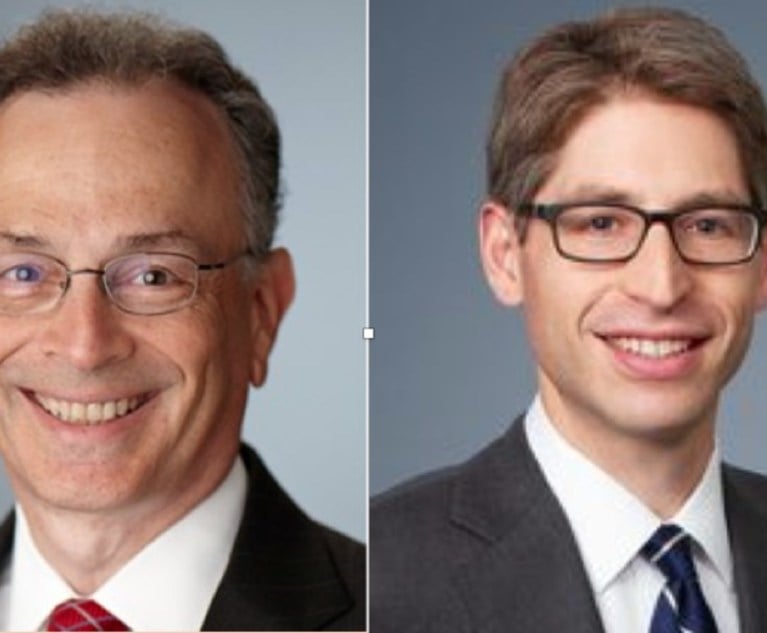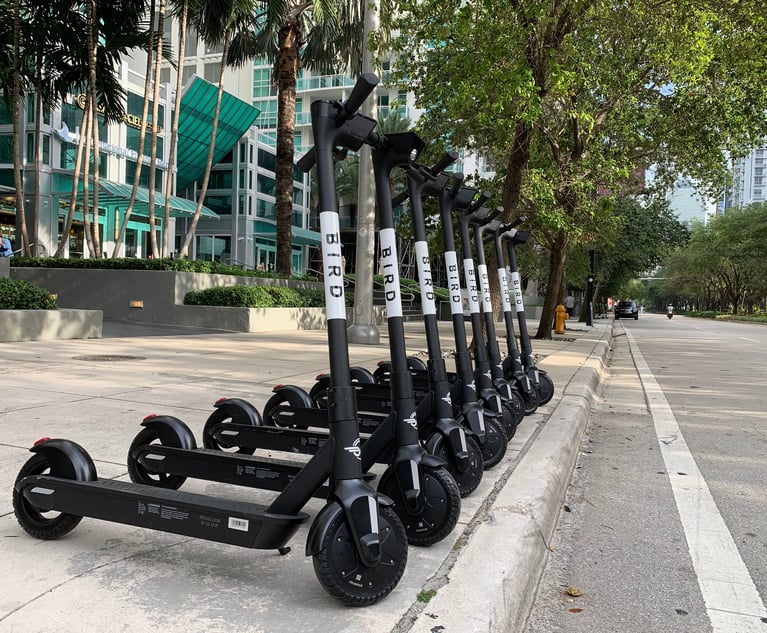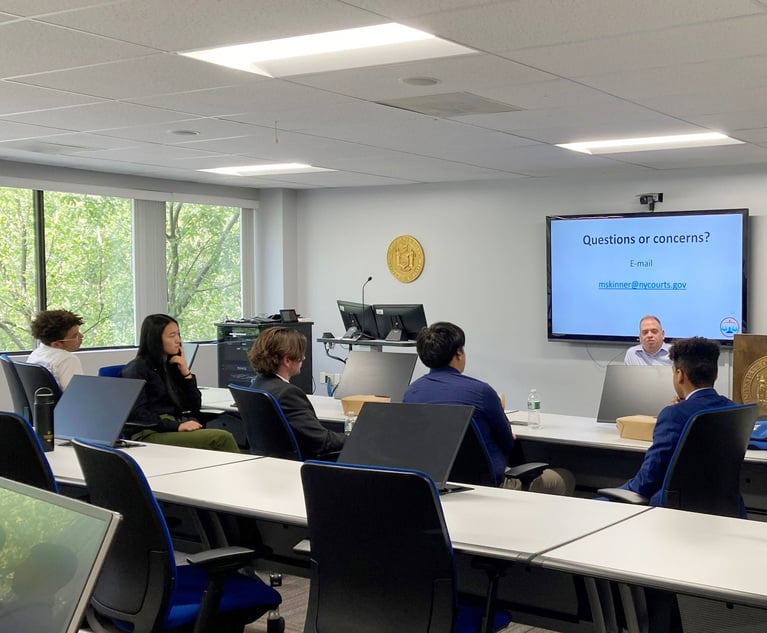Almost two decades ago, Kevin Rivette and David Kline published Rembrandts in the Attic, which reminded patent holders that they should unleash the competitive power of their portfolios. But patents are only of value while they are in force, and to keep a patent in force for its full term, a patent holder must periodically pay maintenance fees. If the patent holder does not pay these fees, the patent will lapse before its maximum term expires.
Because accidents happen, the patent law provides means by which to revive patents after they lapse, provided that the lapse was unintentional. The process for reviving an unintentionally lapsed patent is straightforward, and it rarely involves an inquiry by the U.S. Patent and Trademark Office (USPTO) into the circumstances behind an assertion of unintentionality. The recent decision In re Rembrandt Technologies LP Patent Litigation¸ 2017-1784 (Fed. Cir. Aug. 15, 2018) is a reminder of both the potential consequence of a patent holder’s disingenuous assertion of unintentionality and the challenges that defendants face when raising the improper filing of a petition to revive a lapsed patent as a defense.


 Scott D. Locke – Dorf & Nelson
Scott D. Locke – Dorf & Nelson




